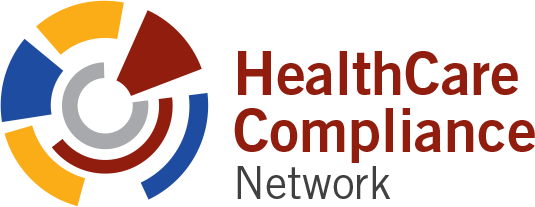Telehealth is the remote or virtual delivery of healthcare services. CMS defines telehealth as a two-way, real-time interactive communication between a patient and a physician or practitioner at a distant site through telecommunications equipment that includes, at a minimum, audio, and visual equipment. The public health emergency of COVID-19 brought about a surge of popularity with this visit type to increase access, decrease burdens, and enable healthcare services to be delivered in as safe a manner as possible. Practices must check both Federal and State requirements to ensure compliance.
Practices need to be particularly careful with these expanded services as the U.S Department of Health and Human Services (HHS) and its Office of Inspector General (OIG) have seen fraud & abuse to the point that Part B telehealth services landed on the 2021 OIG Work Plan. Coming in 2022 will be an official OIG report on its current audit of Medicare Part B Telehealth Services in which the focus was on two phases; Phase one focused on an assessment of whether services such as evaluation and management, opioid use disorder, end-stage renal disease, and psychotherapy met Medicare requirements, and; Phase two focused on telehealth services related to distant and originating site locations, virtual check-in services, electronic visits, remote patient monitoring, use of telehealth technology, and annual wellness visits to determine if Medicare requirements were met.
According to CMS, under the COVID-19 CARES Act, the following rules are listed on the CMS FAQ sheet:
- To bill an office visit code, 99202-99215, there must be both audio and video connection with the patient.
- If there is no video connection during the patient encounter, the visit becomes a telephone call (99441-99443).
- The platform used must be listed/documented in the patient medical record, and if it is not a HIPAA-secured electronic medical record (EMR), but rather a smart-phone video chat app such as FaceTime or Skype, the patient needs to be informed that the link may not be secure.
- Consents need to be obtained once per year and documented.
- If the video part of the visit cuts out during the visit, make sure the time is documented, because the visit now becomes a phone call code.
- Do not ask for patients for telehealth services.
- You can use either time or MDM (medical decision-making) to level your code.
- Physicians (MDs/DOs) and non-physician practitioners (NPPs, such as NPs, Pas, and CNs) can report telehealth services.
- Certain therapists can report their specific services under telehealth. Check the telehealth services list with CMS on which codes are approved; and
- A statement to confirm that the telehealth visit is to “slow or to stop the spread of COVID-19” should be reflected in the patient medical record to reflect “good faith” and not only a convenience for the visit.
Many practices are not following these guidelines. For example, if a provider bills an audio-only visit as a telehealth visit, they may be in violation of the rules. It is imperative that practices who bill telehealth services routinely audit for compliance. Keep a detailed record of each audit, any findings not in compliance, and a plan for corrective action. This documentation will go a long way in building your case if your practice finds itself subject to an OIG audit.
Tips:
- Monitor the CMS website for updates, https://www.cms.gov/About-CMS/Agency-Information/Emergency/EPRO/Current-Emergencies/Current-Emergencies-page
- Check the new OIG webpage related to Telehealth, https://oig.hhs.gov/reports-and-publications/featured-topics/telehealth/
- Monitor your state’s requirements in addition to the federal requirements
- Carefully check coverage changes among payors
- In March of 2022, the Consolidated Appropriations Act of 2022, extended telehealth flexibilities that were created based on the public health emergency for an additional 5 months after the declared end of the public health emergency
- For example, if the public health emergency was declared to end on July 31, 2022, then Medicare coverage of telehealth services would revert to limited coverage as of December 31, 2022
- In March of 2022, the Consolidated Appropriations Act of 2022, extended telehealth flexibilities that were created based on the public health emergency for an additional 5 months after the declared end of the public health emergency

